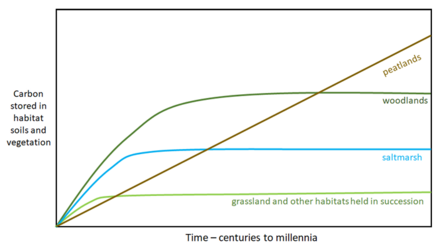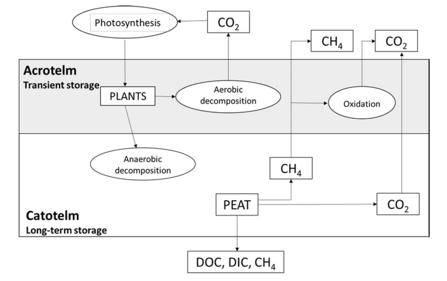"Their [peatland] restoration is now recognised as a priority for reducing greenhouse gas emissions from land use in the UK." - Natural England, 2021
A new Natural England Research Report on ‘Carbon Storage and Sequestration by Habitat’ reviews the scientific evidence base relating to carbon storage and sequestration by semi-natural habitats, in relation to their condition and/or management.


